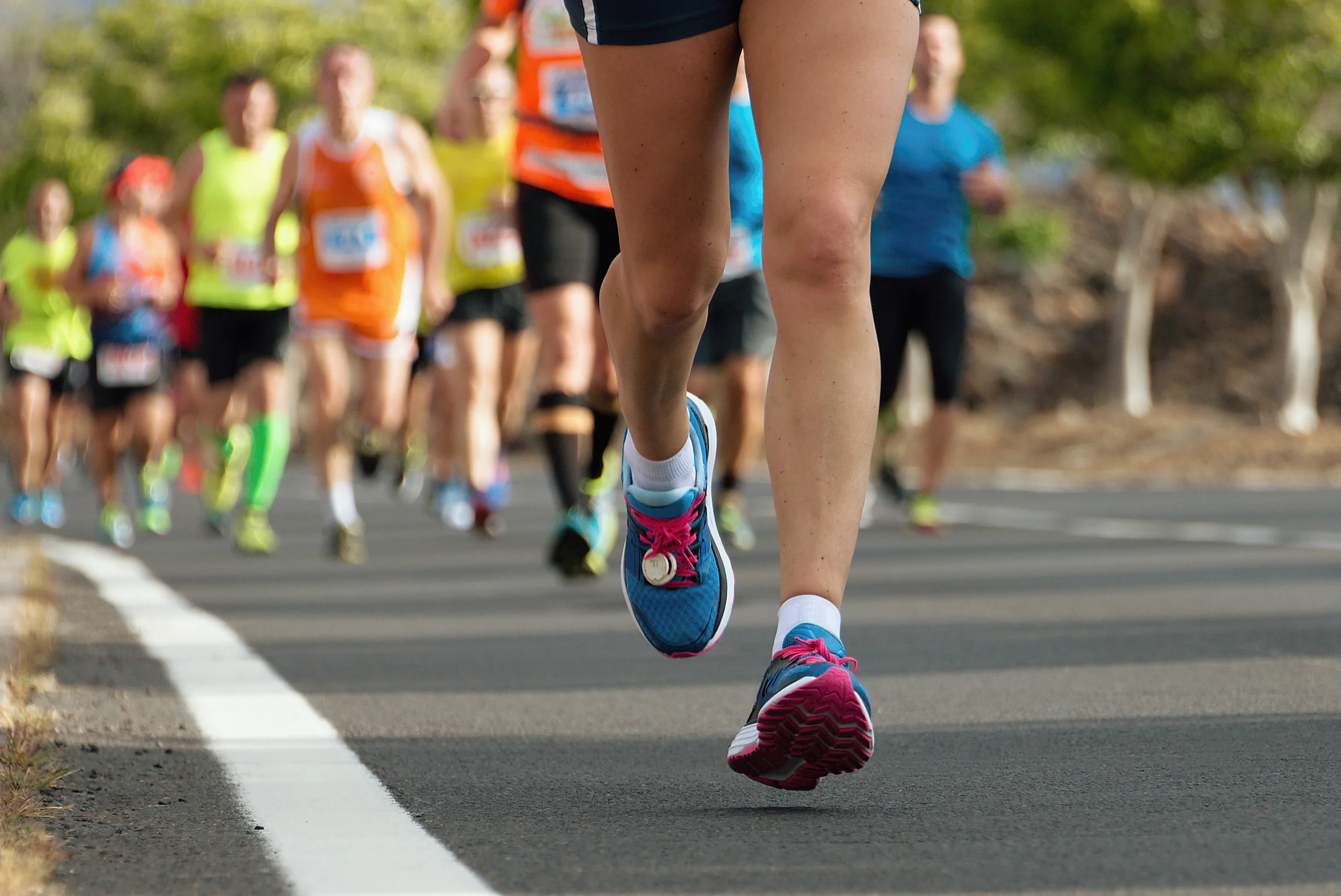Plantar Fasciitis
At Go Podiatry we realise that heel pain can affect you right from the moment you step out of bed, and even disrupt your work and leisure. Standing or walking, heel pain can be ever present.
The most common cause of heel pain in adults is plantar fasciitis (fasciopathy). Other mechanical causes of heel pain can include: heel spur; calcaneal stress fracture; nerve entrapment; fat pad inflammation; achilles tendinopathy; Haglund deformity; retrocalcaneal bursitis; and, calcaneal apophysitis or ‘Severs’ (children and adolescents).
Research has shown plantar fasciitis to be more degenerative than inflammatory, which influences the way it is now treated. Plantar fasciopathy means a process causing structural changes to your plantar fascia, which is a strong band of tissue (similar to a ligament) that stretches from your heel and under your arch.
Patients often describe intense pain in the heel first thing in the morning or after periods of rest (e.g. at a desk or watching TV) - which eases off with activity.
Risk factors to developing plantar fasciopathy include obesity; occupations that require long periods of standing or walking; running; very flat or high arched foot types; and poor footwear.
Heel pain can be very persistent and can require a programme of treatment with both the patient and podiatrist working together to reduce symptoms.
Treatments include footwear advice and orthotics which can help address any foot posture or gait issues. Orthotics can decrease tissue stress on the affected structures in the heel to help resolve your painful symptoms.
Also, exercise rehabilitation (stretches and strengthening) can be structured in a way to progressively increase the tolerance to load of your plantar fascia, both now and in future.
Taping and strapping can support the foot and reduce stress on the injured tissue structures temporarily and help you get back to normal activity.
Foot mobilisation techniques can help improve foot function and reduce pain especially where the foot has adopted an altered gait in response to pain and injury.
Shockwave or injection therapies may also be recommended where appropriate.


